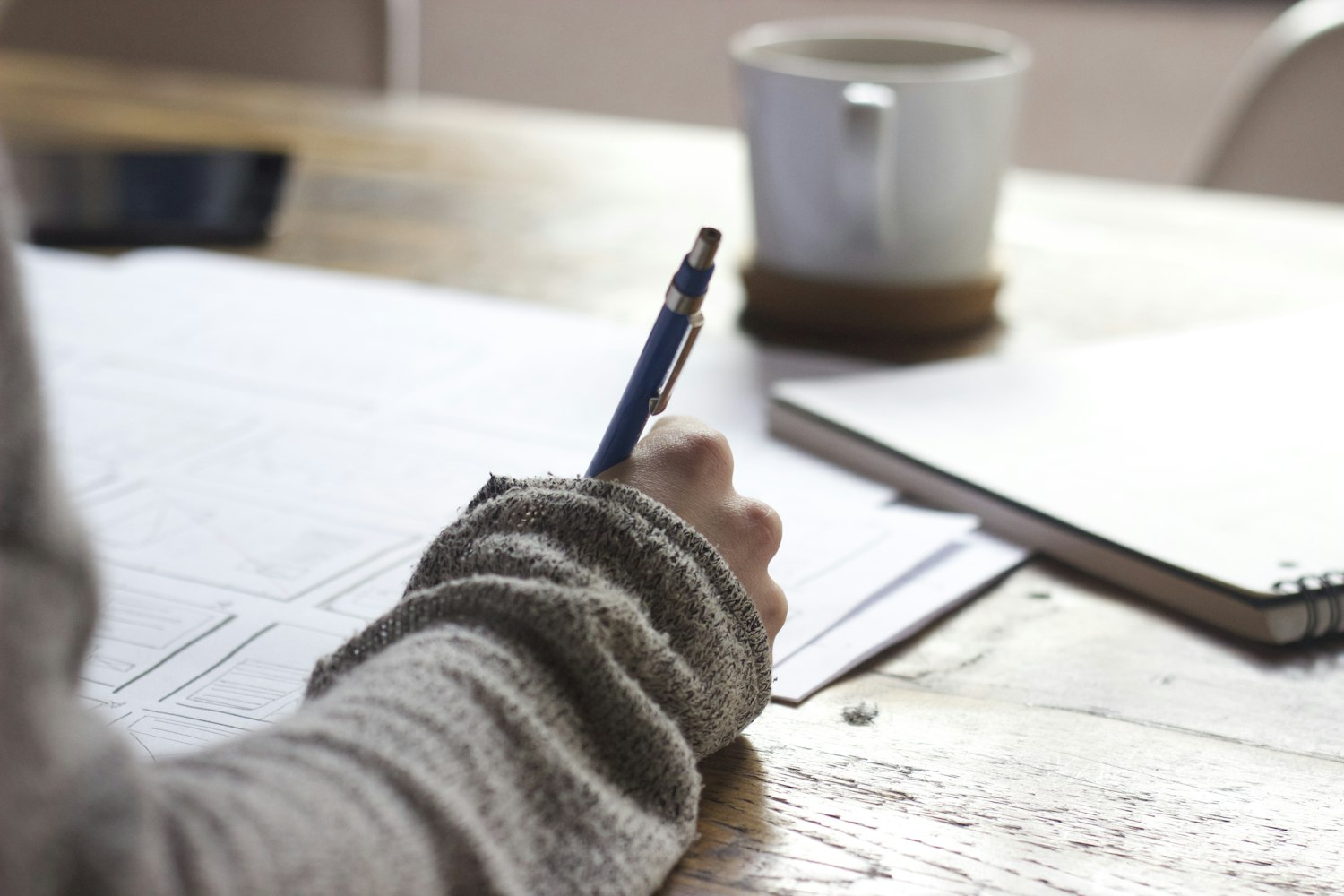Back Pain Sucks! Let Paul Help!
Tired of living with chronic back pain? Tried traditional treatments without much success? Myofascial release massage is the answer you’ve been searching for. In this blog post, let’s learn about the world of myofascial release and how it provides effective relief for back pain.
Understanding Back Pain
Back pain is a common ailment that can significantly impact your quality of life. It can be caused by various factors, including poor posture, muscle strain, injury, or underlying health conditions. While many people experience occasional back discomfort, persistent pain can be debilitating.
Myofascial Release Massage
Myofascial release is a specialized form of massage therapy that focuses on addressing the connective tissue surrounding your muscles. The fascia, this connective tissue, can become tight or restricted, leading to pain and discomfort. Thus, myofascial release techniques involve applying gentle pressure to these areas to help release tension and improve flexibility.
Techniques and Benefits
Myofascial release massage can be performed using various techniques, including:
- Soft tissue mobilization: This involves applying gentle pressure to the affected areas to release adhesions and improve blood flow.
- Trigger point therapy: This technique focuses on identifying and treating trigger points, which are areas of hyperirritability in the muscle.
- Deep tissue massage: This involves applying deeper pressure to the muscles to help release chronic tension.
The benefits of myofascial release massage for back pain include:
- Pain relief: By releasing tension in the muscles and fascia, myofascial release can help reduce pain and discomfort.
- Improved mobility: The technique can help improve flexibility and range of motion, making it easier to move without pain.
- Stress reduction: Massage can help reduce stress and promote relaxation, which can contribute to overall well-being.
- Enhanced healing: By improving blood flow and reducing inflammation, myofascial release can promote healing and recovery.
Professional Assistance
While you can learn some self-massage techniques, it’s important to consult with a qualified massage therapist for professional treatment. A therapist can assess your specific needs and tailor the massage to address your back pain effectively.
Self-Care Tips for Back Pain
In addition to myofascial release massage, incorporating the following self-care tips into your routine can help manage back pain:
- Proper posture: Maintain good posture while sitting, standing, and sleeping to reduce strain on your back.
- Regular exercise: Engage in gentle exercises like yoga, swimming, or walking to strengthen your back muscles and improve flexibility.
- Ergonomic workspace: Ensure your workspace is ergonomically designed to minimize strain on your back.
- Hot and cold therapy: Apply heat or cold to the affected area to reduce pain and inflammation.
- Over-the-counter pain relievers: Use over-the-counter pain relievers as directed to alleviate discomfort.
Ready for Back Pain Relief? Book with Paul
If you’re looking for effective back pain relief, consider booking a myofascial release massage with Paul. As a skilled massage therapist, Paul can provide personalized treatment to help you feel your best.
By understanding the benefits of myofascial release massage and incorporating self-care practices, you can take a proactive approach to managing back pain and improving your overall quality of life.










